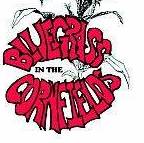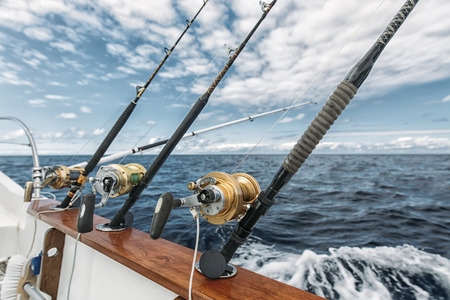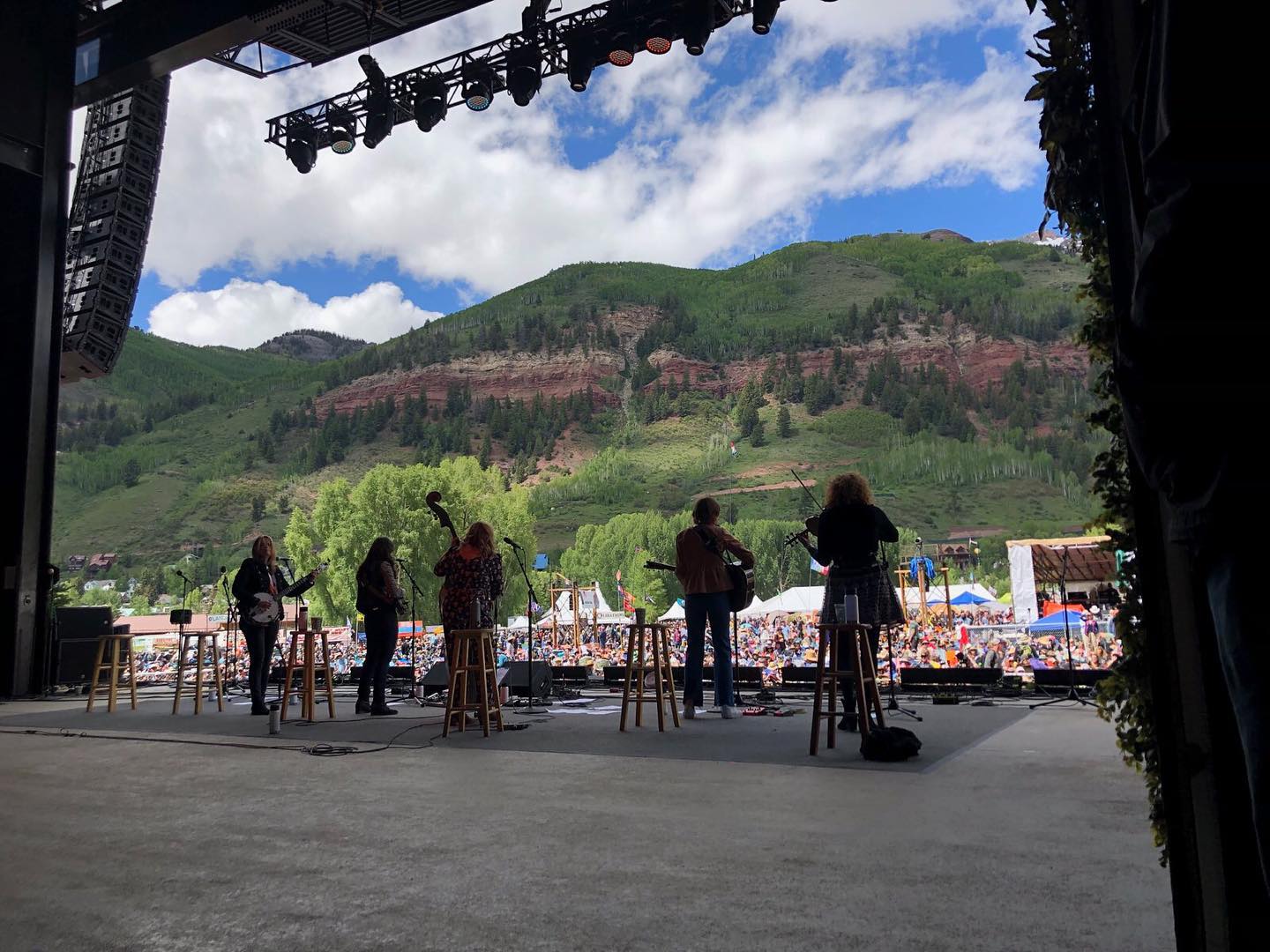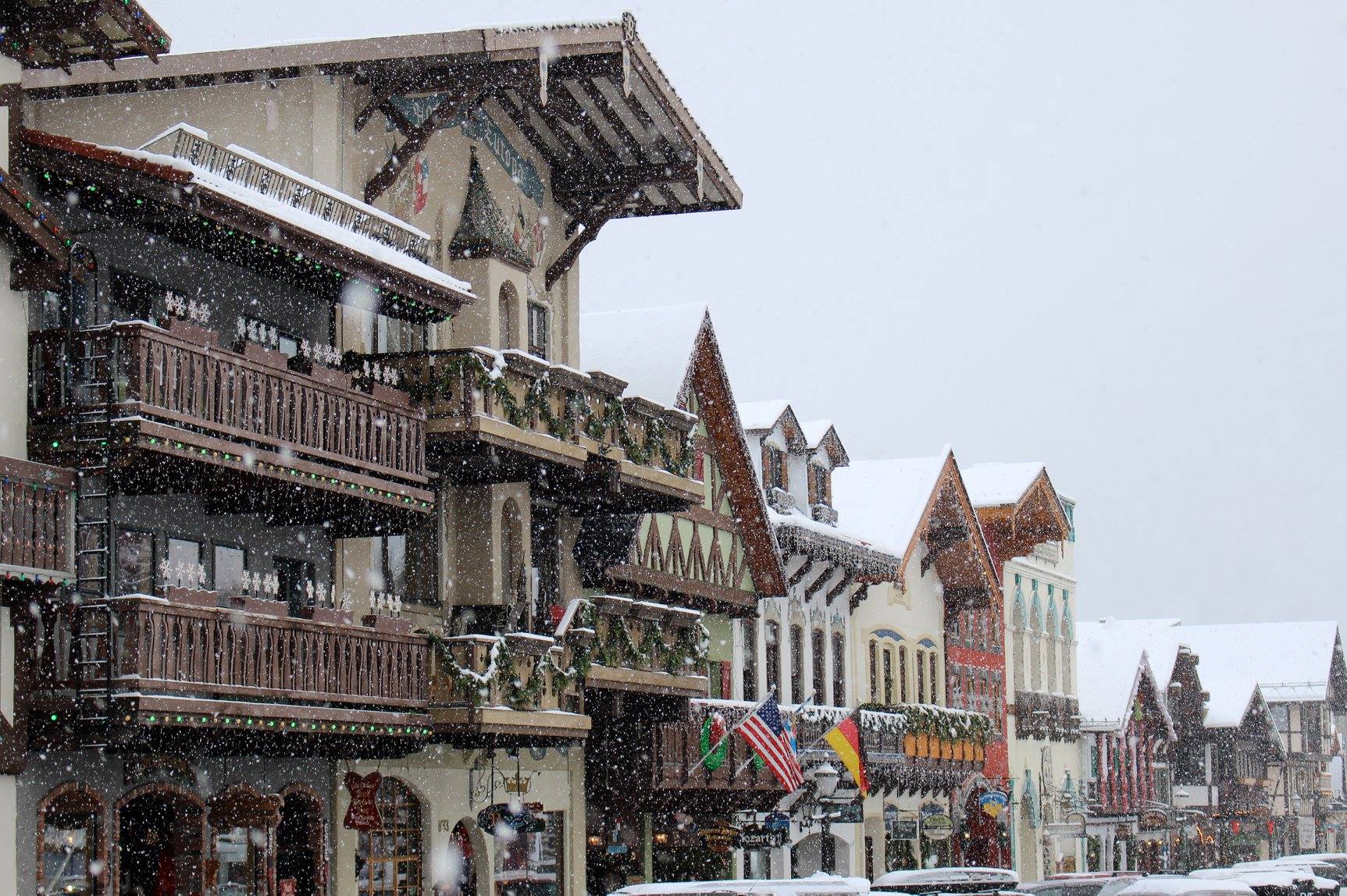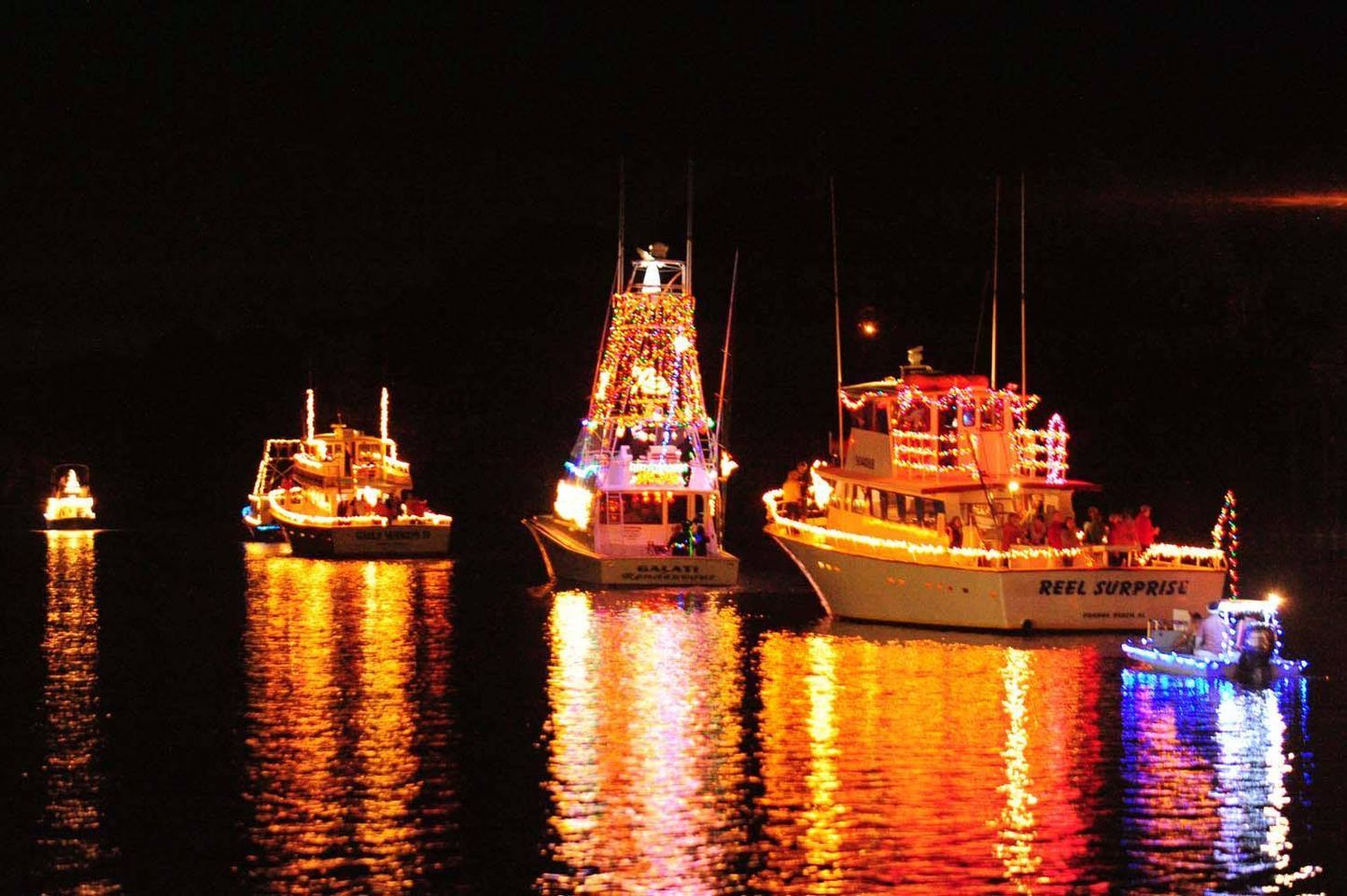Crane Point Hammock Museum and Nature Trails
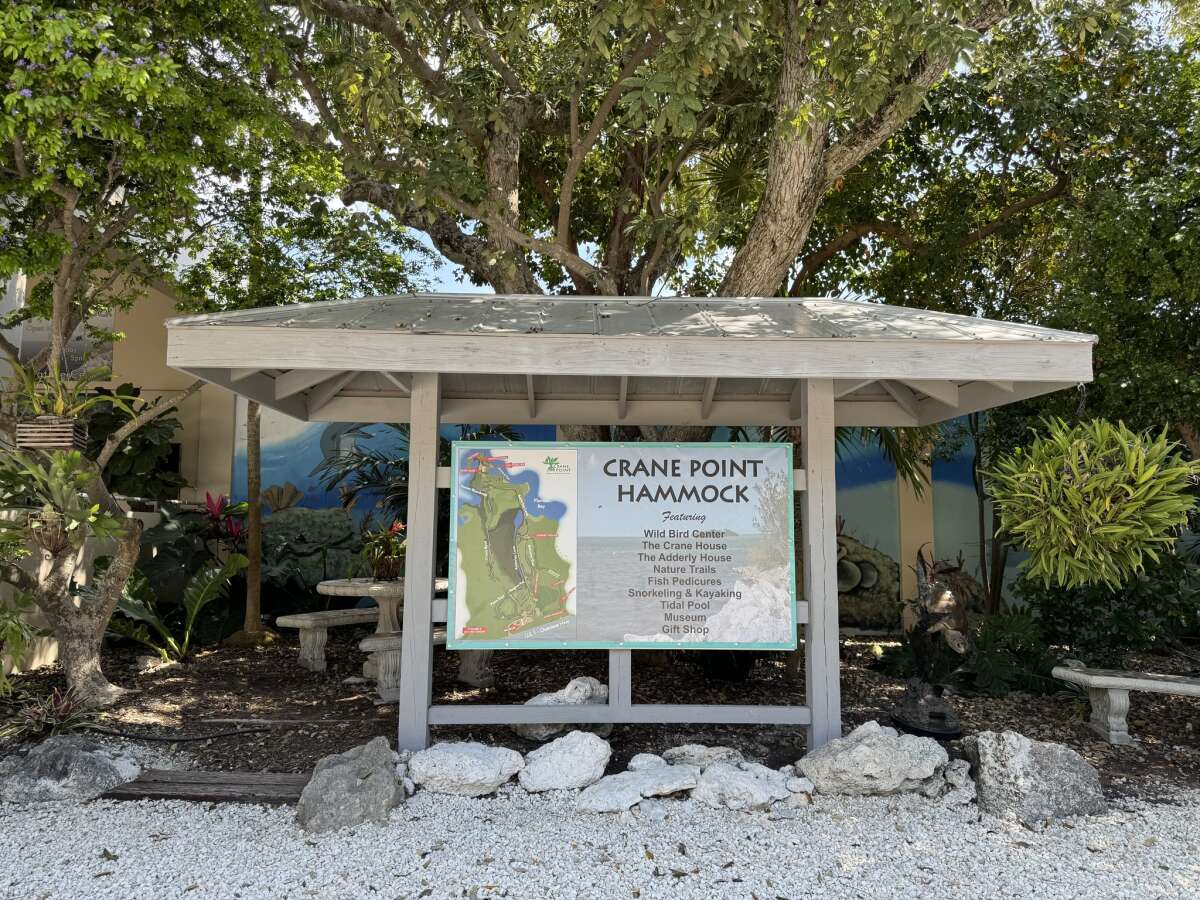
Crane Point Hammock Museum and Nature Trails is tucked amid the sun-bleached sprawl of Marathon, Florida, along the Overseas Highway at Mile Marker 50.5, lies a 63-acre sanctuary that feels like a secret whispered by the Florida Keys itself. This is a place where nature and history collide, preserved against the odds by a handful of visionaries who saw paradise worth saving. Let’s step into this tropical oasis and uncover why Crane Point is Marathon’s unsung hero.
Crane Point isn’t just a pretty view it’s a survivor. In a region where development often trumps preservation, this hammock stands as a testament to what’s possible when people fight for what they love. It’s not perfect and the trails can get muddy after rain, and some exhibits show their age but that’s part of its charm. It’s authentic, unpolished, and fiercely alive.
Open Monday-Saturday 9 a.m. to 5 p.m. and Sunday noon to 5 p.m. (closed September for maintenance), admission runs $15 for adults, $12 for seniors, and $6 for kids 5-12—free for under-5s. Pet-friendly and accessible (with some gravelly caveats), it’s a steal for what you get: history, nature, and a chance to unplug. Add a guided trolley tour or kayak rental, and you’ve got a full day of discovery.
Stepping Into the Wild: The Nature Trails
The heart of Crane Point beats along its network of trails, a labyrinth of gravel paths and boardwalks that wind through one of the last intact tropical hardwood hammocks in the Middle Keys. Spanning over a mile, these trails are a sensory plunge into a world where the buzz of Highway 1 fades, replaced by the rustle of lignum vitae leaves and the skitter of lizards. The Palm Trail showcases thatch palms, stubby, endemic sentinels whose fronds once sheltered settlers while the Mangrove Trail tunnels through a shadowy grove where roots grip the earth like gnarled fingers. Step onto the Sunset Boardwalk, and you’re at the Gulf’s edge, the water stretching toward an unbroken horizon, often dotted with the fins of passing dolphins or the wings of a rehabilitated pelican from the onsite Marathon Wild Bird Center.
This isn’t a manicured park—it’s raw and real. Golden orb spiders stretch webs the size of dinner plates across paths, daring you to duck or marvel. Solution holes, carved by acidic rain into the coral bedrock, cradle freshwater pools vital to the ecosystem. The air carries whiffs of skunk (blame the white stopper tree, not a furry culprit) and the faint sweetness of wildflowers. Signs along the way decode this living tapestry, pointing out the autograph tree—its leaves you can scratch your name into—or the joewood, a shade-loving shrubs prized by herbalists. It’s a hike that rewards the curious, though the heat can bite in summer—bring water and bug spray, and you’ll emerge with a tale worth telling.
A Museum of Marvels
The Museum of Natural History of the Florida Keys is Crane Point’s intellectual anchor, a compact treasure trove that packs a punch. Housed near the entrance, it’s a time capsule of the Keys’ saga—from Calusa canoes to pirate lore. A 600-year-old dugout canoe, carved from a single log, anchors the space, its weathered grain whispering of ancient voyages. Nearby, a coral reef diorama glows with neon fish and swaying anemones, while taxidermied Key deer and ospreys perch in lifelike stillness. Kids dart to the touch tanks, giggling as hermit crabs scuttle over their fingers, while adults linger over displays of sea turtle shells and lionfish invasions. A short film ties it all together, tracing Crane Point’s evolution with a mix of gravitas and charm.
Next door, the Florida Keys Children’s Museum is a hands-on delight. A pirate ship play structure looms outside, its wooden deck begging for imaginary battles, while inside, an iguana house and shell collections spark wide-eyed wonder. It’s not flashy—think less multimedia dazzle, more old-school curiosity—but that’s its strength. This is a place where learning feels like play, and every corner invites a question.
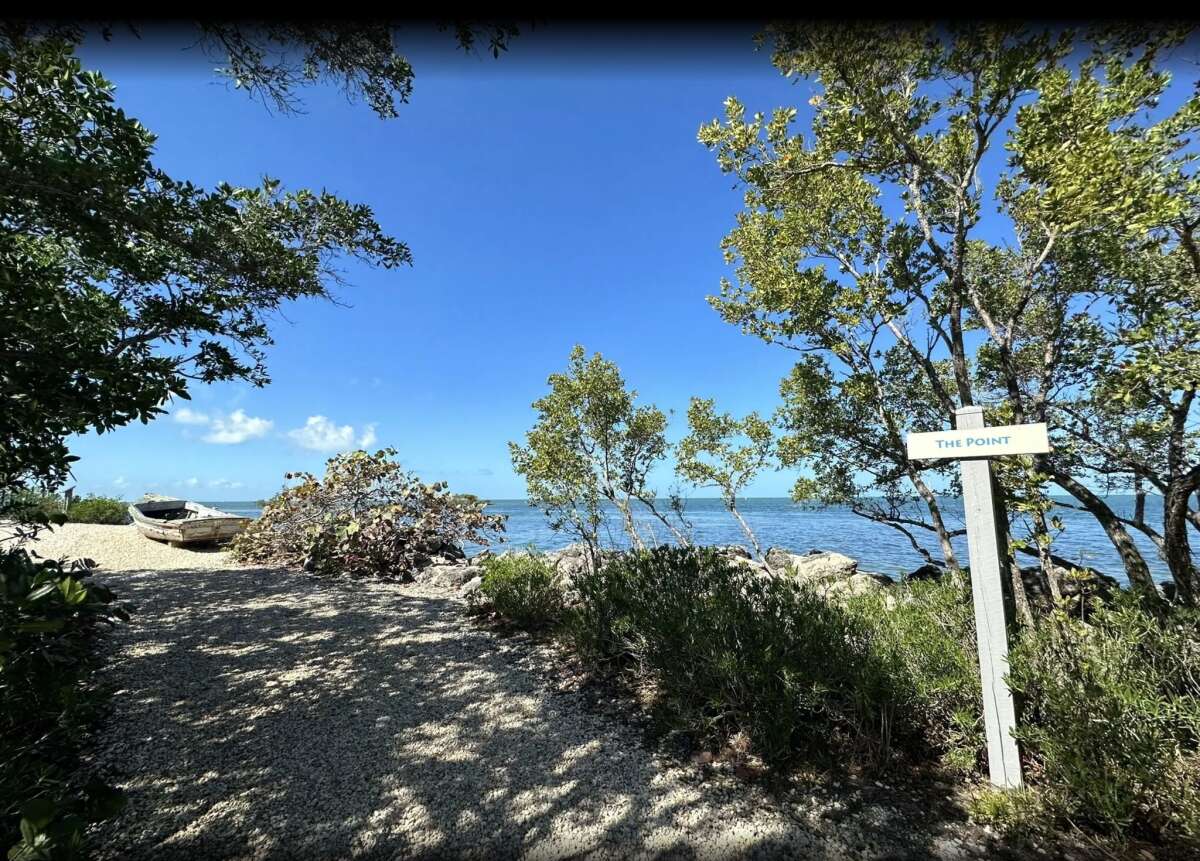
Feathers, Fins, and Fish Pedicures
Crane Point’s wilder side shines at the Marathon Wild Bird Center, a haven for injured avians tucked along the trails. Since 1995, this rescue hospital has nursed pelicans, hawks, and cormorants back to flight, their recovery cages a poignant reminder of nature’s fragility. Peer into the flight cage, and you might catch a rehabilitated egret stretching its wings—a quiet triumph amid the palms.
Then there’s the fish pedicure—a quirky treat free with admission. Dip your feet into a tidal pool near the Crane House, and tiny garra rufa fish swarm, nibbling away dead skin with a ticklish frenzy. It’s equal parts odd and exhilarating, a story you’ll retell over drinks later. At The Point, a scenic overlook, you can gaze across the Gulf, spotting parrotfish schools or the rusted bones of old wrecks beneath the bridge—an Instagram moment with soul.
History of Crane Point
Crane Point’s story begins long before the hum of car engines or the clink of fishing rods. Over 700 years ago, this elevated patch of land—a “hammock” in ecological parlance—was a bustling hub for the Calusa Indians, who fished these waters and left behind shell mounds as silent testaments to their presence. Fast-forward to the early 1900s, and the hammock welcomed George Adderley, a Bahamian immigrant whose tabby-walled home still stands as the oldest house in the Keys outside Key West. Built in 1906, the Adderley House is a rugged relic of a time when life here meant harvesting sponges and burning charcoal under a relentless sun. You can almost hear the creak of his boat as you stand by its weathered walls, imagining a man carving a living from the sea.
By the mid-20th century, the land caught the eye of Francis and Mary Crane, a couple whose love for horticulture and conservation would shape its destiny. In 1949, they bought the property, planting exotic blooms and dreaming of a legacy beyond condos and strip malls. Their modernist Crane House, built in 1954 with wide windows and a breezy perch overlooking the Gulf, became a beacon of their vision. But as development loomed in the 1970s—threatening to pave over this rare hardwood haven—local citizens rallied. The Florida Keys Land Trust (now the Florida Keys Land and Sea Trust) stepped in, purchasing the 63 acres in 1989 to shield it from bulldozers. In 1990, the Museum of Natural History of the Florida Keys opened its doors, followed by a children’s museum, cementing Crane Point as a nonprofit bastion of education and preservation. In 2021, its historical heft earned it a spot on the National Register of Historic Places—a badge of honor for a place that’s dodged the wrecking ball more than once.
Additional Florida Keys Articles
Boot Key Harbor Lighted Christmas Boat Parade
December -
Marathon Florida
Marathon Florida Keys Travel Guide
Marathon Florida
Marathon Seafood Festival Florida Keys
March -
Marathon Florida


